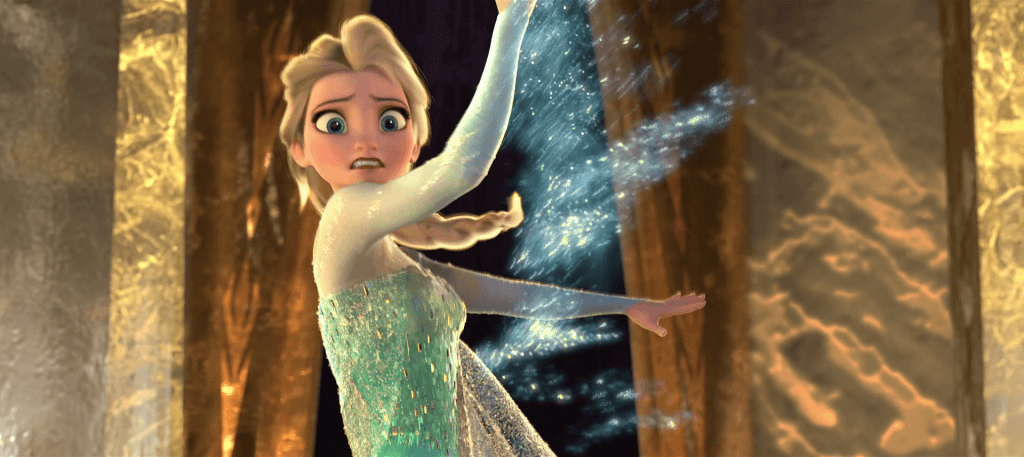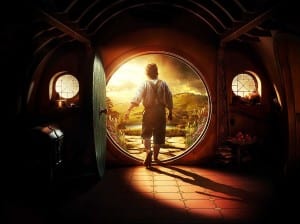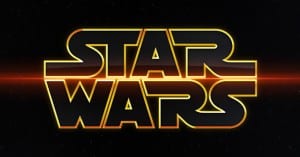Ask anyone in 2014 what a good fairy tale is, and they will probably point towards the works of Walt Disney – and rightly so. Classics such as Snow White and The Seven Dwarves, or in more recent times Frozen, capture the hearts and minds of children and adults alike all over. But what if they aren’t what they seem? Would you believe me if I told you that Frozen started out as a brutal tale about an evil witch kidnapping children?
The Snow Queen is a classic tale that was written by Hans Christian Andersen in 1884, and at its heart it is a tale about good and evil, from the perspectives of two children. Although Frozen is based on this classic, it certainly tells a different story. In The Snow Queen, the titular character is the evil villain, however in Frozen the same character is the beautiful queen called Elsa, who treats her powers as a curse. The Snow Queen is a benevolent, powerful and dangerous being to be feared, yet Elsa is a misunderstood woman who, after all, only needed the love of her sister to stop chaos ensuing. There are common themes through both representations, but ultimately one thing can be seen – time has changed this classic fairy tale.
What used to be a dark tale of good vs. evil is now a light-hearted flick (with comic relief snowman included). So what has changed? Do today’s audiences only want these fairy tales, and are the dark morals of old stories not appreciated any more? Looking at the latest details for Disney’s Maleficent, perhaps the darker side of these fairy tales has not been lost to the ages.
Thought of as one of the most sinister Disney villains, Maleficent is fairly unknown. During Sleeping Beauty she is pretty horrible, cursing the poor Princess Aurora to die before her 16th birthday. But, low and behold, good triumphs evil and the Princess is saved by the handsome Prince Phillip, etc etc. In Maleficent, however, it looks like the tables could be turning. Disney are returning to deliver the untold story of one of the most iconic villains to date in a retelling of the classic Sleeping Beauty, but from the perspective of Maleficent.
There really is true potential here to turn the iconic fairy tale back into the darker fantasy tales of old. And this isn’t the first time this has happened. The classic story of Snow White and the Seven Dwarves was once re-imagined as the action film Snow White and the Huntsman, which shifts the focus away from the comic relief dwarves and onto the grittier side of things. And again, in the 2011 horror re-imagining of Red Riding Hood, the classic fairy tale was given a dark twist. This time, the wolf is actually a werewolf and preys on an entire town.
Should the classic fairy tale formula be left alone? The original tales of Hans Christian Andersen and The Brothers Grimm definitely had darker elements to them, but the majority of modern re-tellings are much lighter and happier in tone. Do people want these versions, or should we be looking to the past for inspiration? Let us know what you think in the comments below!


















